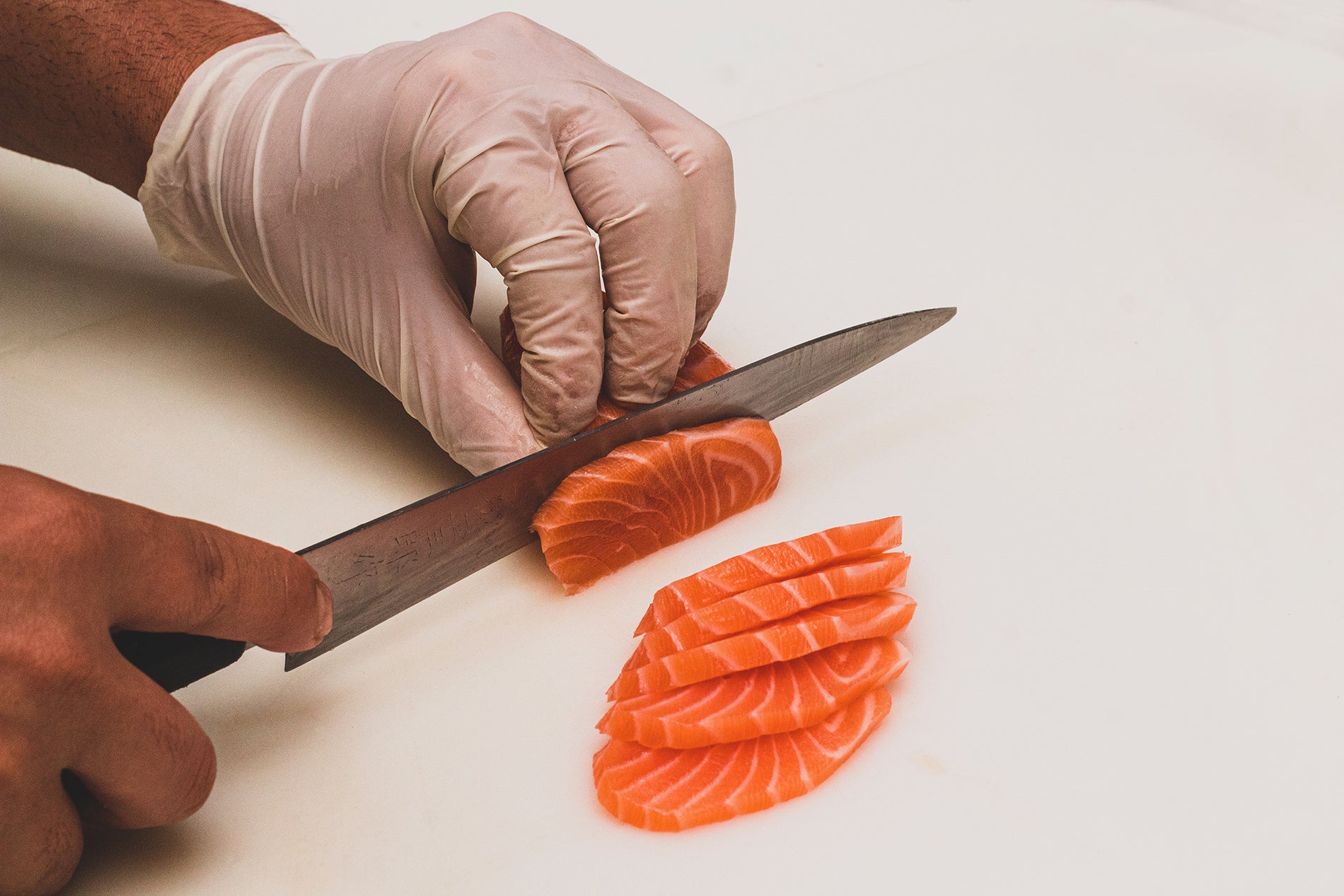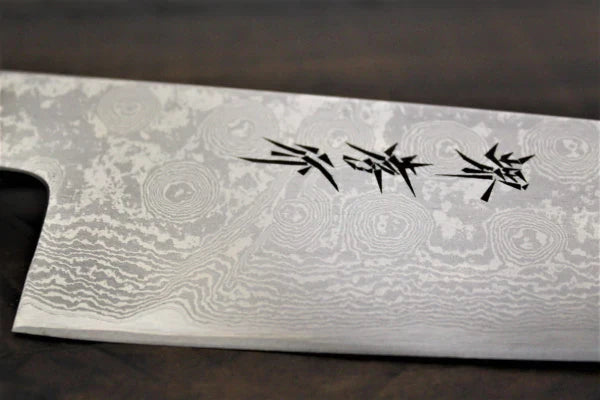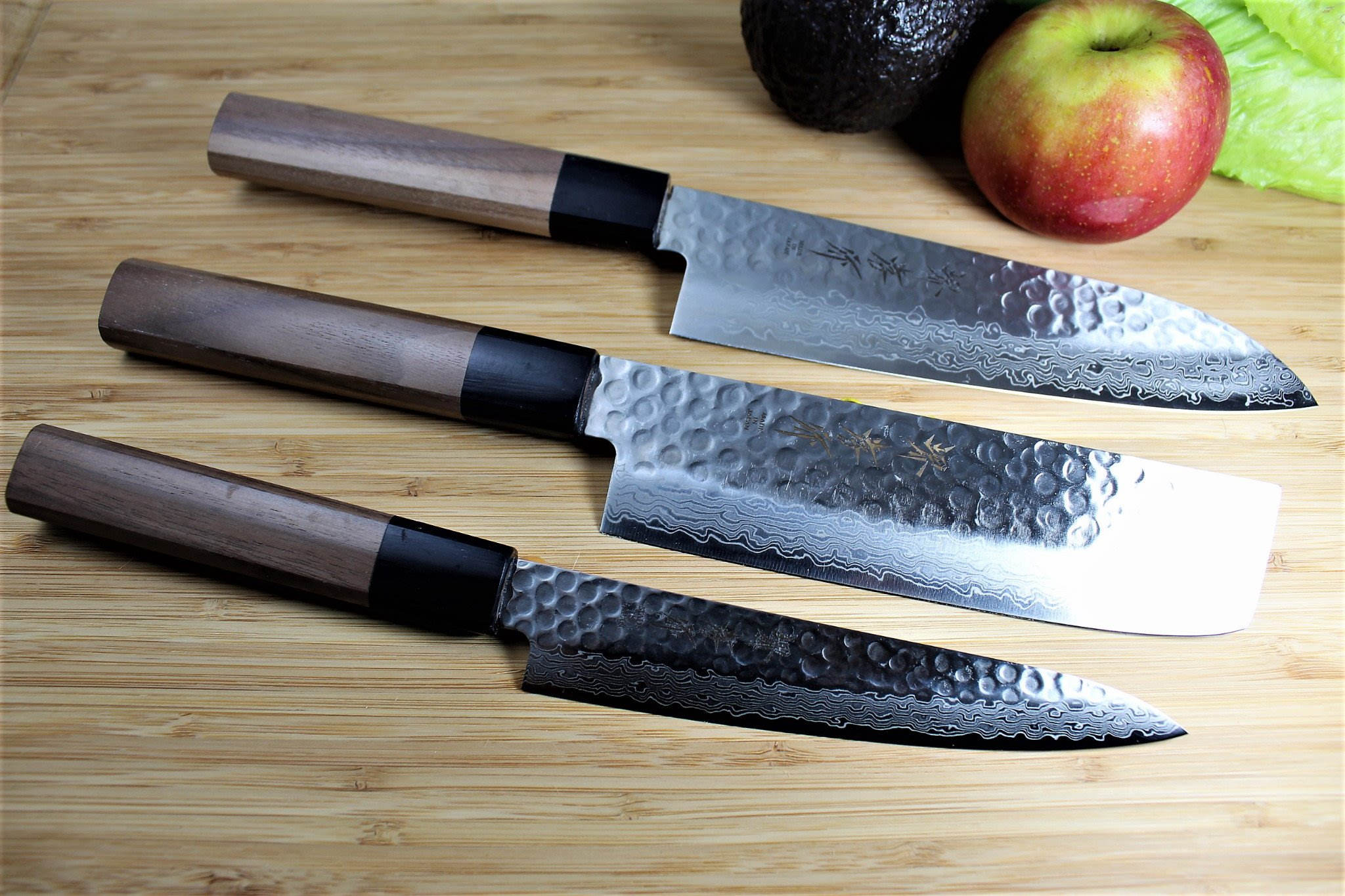
10 Reasons To Buy A Japanese Knife
If you claim the title of amateur chef, you know the importance of investing in the right tools to support your cooking abilities. First and foremost, on that list would be having high-quality knives, such as a Gyuto chef’s knife, a Santoku, a Nakiri or one of the many other Japanese knife types. An invaluable asset for any food preparation, these blades will glide through all types of food with the technical precision necessary to produce a delicious, healthy, and well-presented dish to take your cooking to the next level.
Reasons to buy Japanese knife types
Japanese knives have been growing increasingly popular in recent years. Despite coming at a higher price point than the average knife, amateur and professional cooks alike regularly invest in many Japanese knife types and often have an extensive collection. This is because they typically require far less sharpening and produce a higher quality result in the kitchen. Let’s take a look at the key factors that set many of the Japanese knife types apart from non-Japanese knives:
1. The sharpest knives in the world
There’s nothing worse than using a blunt knife when preparing a meal. Not only can it be dangerous, it makes for sloppily-cut ingredients and can cause fresh produce to bruise, thus accelerating its deterioration. Unlike other knives, Japanese knife types such as the single-bevel Usuba vegetable knife are up to twice as sharp as Western knives and are easier to maintain.
2. Easy and lightweight to use
Discover the pleasure of cooking with a lighter-weight knife — use a Japanese knife. The steel used in Japanese knives has historically had a high carbon content which allows them to have an extremely sharp edge while minimizing the amount of steel used. These blades can be extremely thin and lightweight allowing for easier dexterity while prepping. Additionally, with Japanese style handles, there is only a partial tang, where the metal of the blade entering the handle does not go the entire length of the handle, lessening the knives' overall weight. This design allows for a forward-weighted knife where a pinch grip on the blade is ideal, allowing you to slice ingredients more easily without expending as much energy.
3. Made from the best steel
Japanese knives are handmade with high-carbon steel as well as high-carbon stainless steel. These steels are designed using extra elements like chromium, nickel, and molybdenum, making the blade highly corrosion-resistant and durable. The hardness of Japanese steel is unmatched, scoring 61-67 HRC on the Rockwell hardness scale, meaning the blade holds its edge for a long time and is quite the investment.
4. Cultural significance
Rich in history, Japan is the home to the greatest sword makers in the world. In 1876, the Japanese emperor banned swords, prompting thousands of sword makers to become knife makers instead. From legendary Samurai swords to the handcrafted Japanese cutlery of today, their exquisite design and performance are renowned worldwide.
5. Variety of Japanese knife types
There is an abundance of Japanese knife types, each flawlessly designed with its unique function for different cuts. For instance, the Gyuto, or chef’s knife, is useful for cutting medium or large pieces of meat and vegetables, while the Santoku is ideal for smaller to medium-sized pieces. Flat, square blades like the Nakiri and Usuba are perfect for carving firmer vegetables. It has never been easier to add the perfect knife for your need to your kitchen with such a vast selection.
6. Easy maintenance – less frequent sharpening
While most Japanese knife types are delicate, the extremely sharp blade means there’s no need to sharpen them frequently. The high carbon knives will retain an edge much longer than softer European knives. Even some of the higher carbon stainless steel knives will retain their edges an extremely long time. Although it depends on how often you cook, what surface you are cutting on and what food you regularly cut. When it does come time to sharpen your knife, we recommend using a whetstone or taking it to a professional sharpener. Additionally, honing can be done on a regular basis, you can simply use a ceramic honing rod. Hold the tool vertically, and with gentle strokes, run the edge from the heel to the tip and from top to bottom. Alternate sides with every stroke. This process takes less than five minutes, so you’ll be able to start your cooking in no time.
7. Japanese knives speed up the cooking process
One main difference that sets Japanese knives apart is their weight. They are lighter, feel more balanced in hand and feature a steel edge that is hard and thin, meaning you can hold them for longer periods. These lightweight and nimble kitchen knives are extremely popular among professional chefs who work in the kitchen for hours on end, any Japanese knife type you invest in will speed up the cooking prep process — all while enabling unmatched precision.
8. Improve the taste of food
In various countries, food is cut by pushing the knife away from you. However, in Japan, it’s the total opposite. Food is delicately cut by pulling the knife towards you, using the thin blade and the sharpness to slice through the food, reducing the damage to the cells of the food. As a result, the cut food will have a softer and smoother texture. The sharper the knife the cleaner the cut which means less surface area on the exposed food. This in turn leads to less oxidation and longer lasting food. It’s crazy to think that the way you cut your food can completely transform the taste of your meal.
9. Elevates the appearance of food
Whatever Japanese knife type you invest in, whether it is a Gyuto chef’s knife, a Santoku, a Nakiri vegetable knife, or a Sujihiki slicer, you can rest assured you’ll be able to chop, dice and cut food with delicate precision that will heighten the presentation of your food. Whether you’re smoothly separating bone from cartilage or slicing produce to serve on the side, making a cross-section with a Japanese knife will boost the food’s taste and texture and ensure that your dish looks pleasing to the eye.
10. Quick and precise cuts, guaranteed
Given that Japanese knives are constructed from a single piece of high carbon steel or stainless steel, the blade is noticeably thinner and sharper, meaning a more accurate slice. Whether you’re delicately slicing salmon to plate up an array of sashimi or gently chopping vegetables, the blade can glide through dense foods with ease, meaning creating meals is faster and more enjoyable.
Invest in a precise cut with Japanese knives today
Are you after the perfect birthday present or housewarming gift? Or are you looking to upgrade your own knife set? There’s no better addition to the kitchen than one of the many Japanese knife types, each meticulously crafted to execute various kitchen tasks with maximum performance. To experience the wonders of Japanese knives for yourself, browse our complete collection at Hasu-Seizo and invest in a kitchen tool that will last a lifetime.


